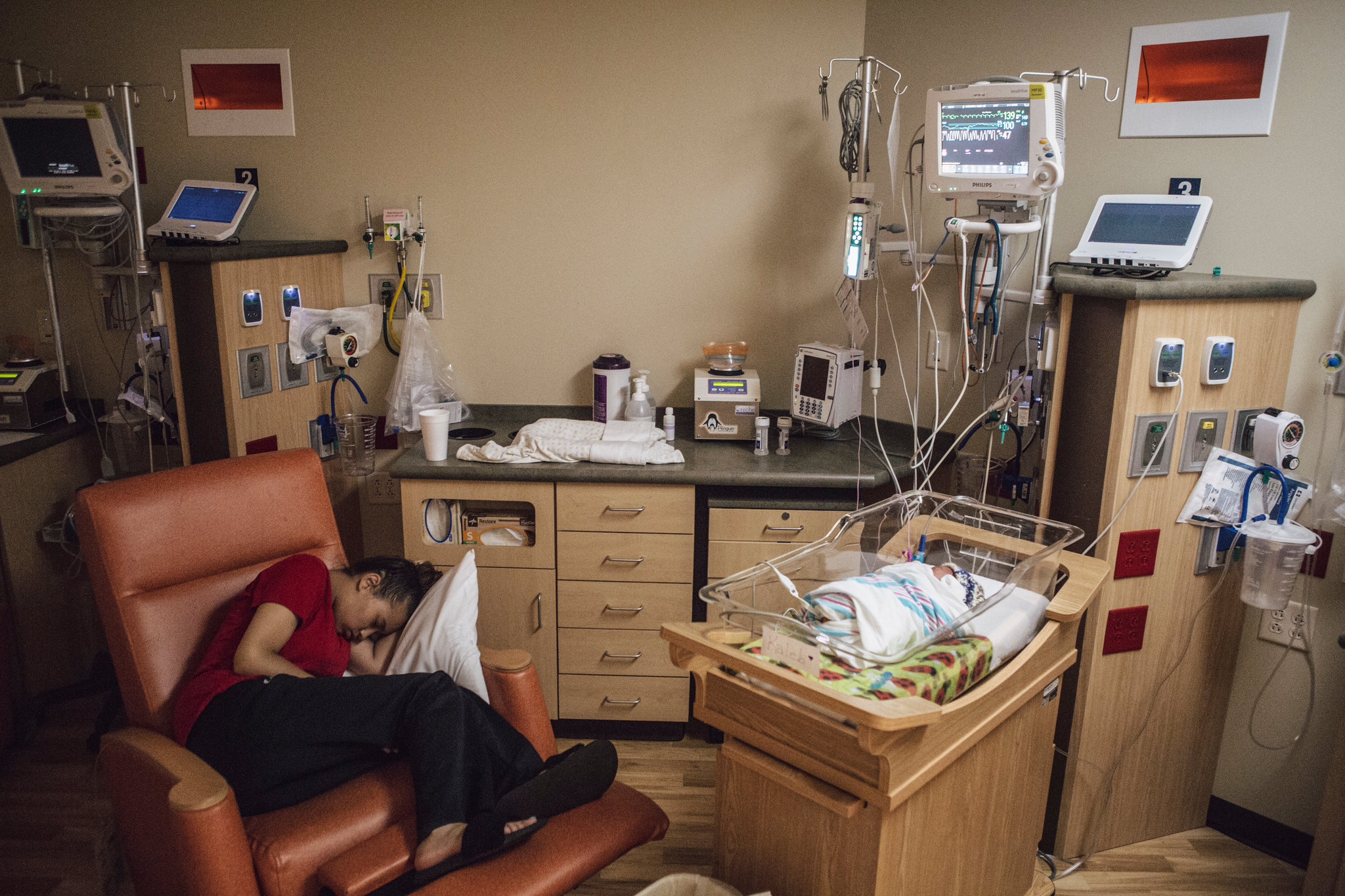
EpiPen Shortages & Anaphylaxis Risks
Drug shortages are affecting our patients and providers on a daily basis. One of the most concerning recent shortages is the limited availability of the Epi-Pen, a home device used to deliver epinephrine to patients with life-threatening allergic reactions (anaphylaxis). 1-2% of the population will develop anaphylaxis in their lifetime. Anaphylaxis is a complicated reaction leading to mast cell release, airway swelling, and can cause cardiopulmonary arrest. Epinephrine is the treatment of choice.
The development of epinephrine auto-injectors has allowed patients with a history of anaphylaxis to initiate immediate life-saving treatment in cases of repeat events. Patients are provided with prescriptions for epinephrine auto-injectors to carry with them at all times. Patients benefit from having multiple auto-injectors to keep at home, school, work, and daycare.
In order to manage this dangerous shortage, the FDA has extended the expiration date of some of the pens (regular Epi-pens, not the Jrs) by up to 4 months. Patients can check the FDA website to verify the lot number on their pen. Patients should not throw away their pens until they check the website to see if the expiration date has changed and also verify that the pharmacy can refill them. Some schools and daycares are still refusing to use expired pens even with this FDA announcement due to liability concerns.
There are now additional auto-injectors available – Adrenaclick or Auvi-Q – both are FDA approved epinephrine devices but they have a different delivery system so patients will need to read the instructions carefully and train themselves before they need to use them. Patients should check with their pharmacy to determine what they have in stock and what their insurance will cover.

One of the biggest challenges facing our rural communities is access to care.
In the last 8 years, 5% of rural hospitals have closed their doors, leaving their communities with no access to emergency care and many more hospitals continue to struggle to keep their doors open.
Additionally, one of the major tragedies in access to care has been the closing of labor and delivery units in a large number of rural hospitals.
Here at Innova, we were very glad to see a recent article in the New York Times highlighting access to care issues for rural communities. This article focuses on both lack of obstetrical care as well as lack of Emergency Services available to a large percentage of rural patients.


